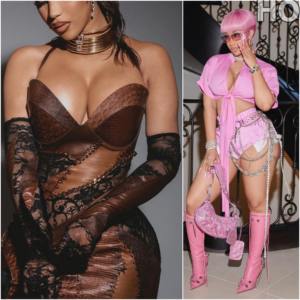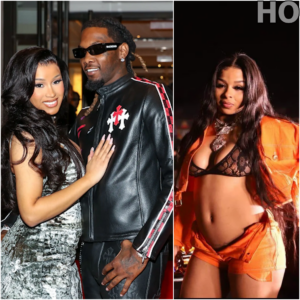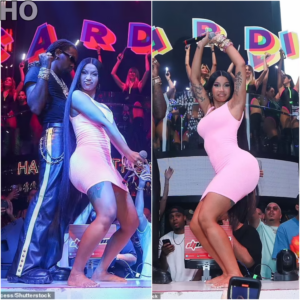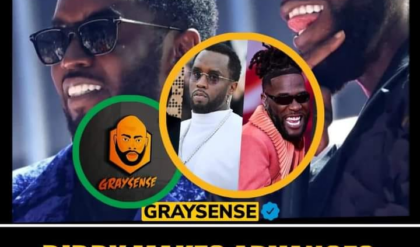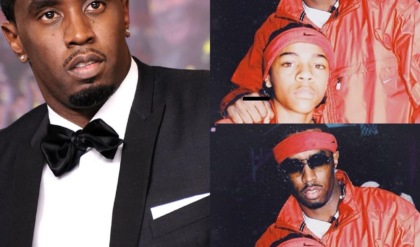
When Henry Cavill first donned the cape as Superman in 2013’s Man of Steel, fans noticed a significant departure from the hero’s traditional costume: the absence of the red trunks. This design choice sparked a debate among comic book fans and moviegoers alike—should Superman wear trunks, or should the iconic look be modernized?
The answer, as Cavill himself explained, ties back to the cultural roots of superhero aesthetics. In an interview with The Feed, Cavill provided some key insight into why his Superman didn’t feature the red trunks. He noted that the trunks were originally inspired by circus strongmen, who wore a bodysuit with underwear on the outside to maintain modesty in a time when such outfits were more revealing.
“The underwear on the outside was down to circus strongmen being very prevalent in pop culture. And circus strongmen would wear a skin-colored bodysuit with underwear on the outside to save their modesty because of the era,” Cavill explained. As those strongman associations faded from the public consciousness, the decision was made to eliminate the trunks in Cavill’s version of Superman, modernizing the costume to reflect the times.
This choice was symbolic of the era’s approach to superhero films—grounded, contemporary, and trying to distance itself from the campier origins of comic book characters. As Cavill put it, “We’re reinventing it now, so already we’re bringing it to a modern age.”
However, that was in 2013. Fast forward to the present day, and the superhero landscape has changed significantly. With the DC Universe (DCU) reboot under James Gunn’s guidance, Superman’s costume is once again evolving—this time embracing the red trunks once more. The decision to include the trunks for David Corenswet’s upcoming portrayal of Superman signals a shift in how the character’s legacy is being approached.
For years, the debate over whether DC heroes should wear trunks has been a point of contention among fans and creators. The trunks are often seen as a throwback to the Golden Age of comics, with some arguing that they feel outdated, while others see them as a key element of a hero’s classic look. The trunks, as dated as they may seem to some, are iconic. They offer a visual link to the past, a reminder of where these characters came from.
In recent years, superhero costumes have increasingly returned to their comic book roots. Marvel, for example, has leaned heavily into comic-accurate looks, with Wolverine’s yellow-and-blue suit set to make its live-action debut in Deadpool & Wolverine. This shift reflects a growing desire among fans to see their beloved heroes not just reimagined for modern sensibilities, but celebrated for the legacies they carry. For Superman, this means returning to a costume that embraces both his classic look and his evolution.
While Cavill’s Superman was a product of a time when superhero films aimed to be more grounded, the DCU’s new iteration of Superman, with its inclusion of the trunks, looks to be celebrating the character’s legacy in a way that honors his past while still looking forward.
In bringing back the trunks, the DCU is signaling that it values legacy and understands the importance of paying homage to the past. As superhero films continue to evolve, they must strike a balance between honoring the source material and adapting to contemporary tastes—and for Superman, that balance means embracing the trunks once again.
Henry Cavill’s explanation of the trunks’ origin helps illuminate why the decision was made to do away with them in Man of Steel, but it also highlights why bringing them back is so important now. The red trunks are more than just a stylistic choice—they are a symbol of Superman’s long-standing legacy, one that will continue to evolve in the years to come.
News
Cardi B surprised her 170 million followers with her bold action during a livestream, showing off her breasts to celebrate the release of her new music video! – S
While livestreaming on her personal page with nearly 170 million followers, female singer and rapper Cardi B suddenly opened her shirt to show off her bust because she was excited about the release of her new MV. At a livestream on…
Chrisean Rock Finally “Breaks Silence” On Cardi B’s Cheating Claims With Offset – S
In this jaw-dropping update, Chrisean Rock spills the tea on the recent scandal involving her and Cardi B’s ex, Offset. Things are about to heat up as she addresses Blueface’s cheating allegations, leaving fans on the edge of their…
Cardi B and Offset turned up the sexy heat as they enjoyed his “Set It Off” album release party in Miami. – S
Cardi B and Offset create a sexy vibe as they party the night away at his Set It Off album release party in Miami Cardi B and Offset created a sexy tone as they partied the night away in Miami Friday. The couple…
Irrefutable video evidence has been discovered of Offset having a relationship with Chrisean Rock, as the two are seen kissing each other in public: The truth is shocking! – S
After confirming her breakup from Offset during an Instagram Live on Sunday amid rumors he cheated on her with Chrisean Rock (which he has denied), the WAP star returned to the ‘gram on Friday with a heartbreaking, rage-induced rant! In the stream, which was captured and reposted by various outlets,…
Cardi B just shocked the world when she revealed on live TV that “Blue Ivy is p.r.e.g.n.a.n.t!” and didn’t forget to send a surprise congratulation. What’s going on? – S
In a shocking twist that has the internet buzzing, Cardi B set social media on fire after claiming that Blue Ivy, the daughter of Beyoncé and Jay-Z, is pregnant! The unexpected announcement came during a live TV interview when Cardi…
Cardi B Dragged Into Nicki Minaj and Megan Thee Stallion Beef As Social Media Reacts To “Hiss” – S
The Ongoing Feud: Cardi B, Megan Thee Stallion, and Nicki Minaj The hip-hop landscape is buzzing with tension as the feud between Megan Thee Stallion and Nicki Minaj intensifies. In the center of this storm is Cardi B, a fierce…
End of content
No more pages to load
